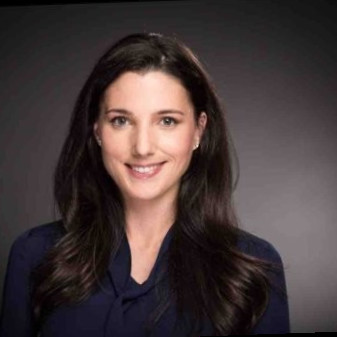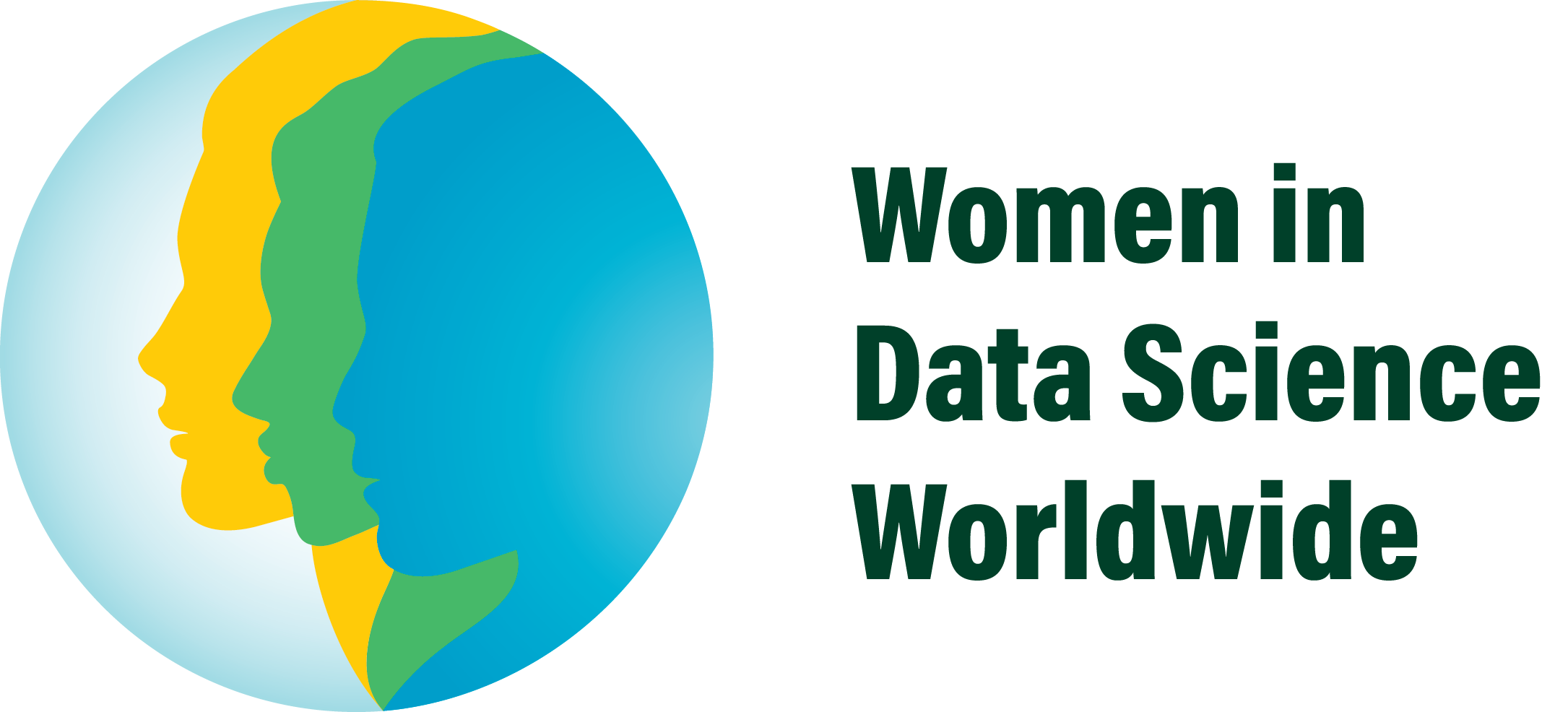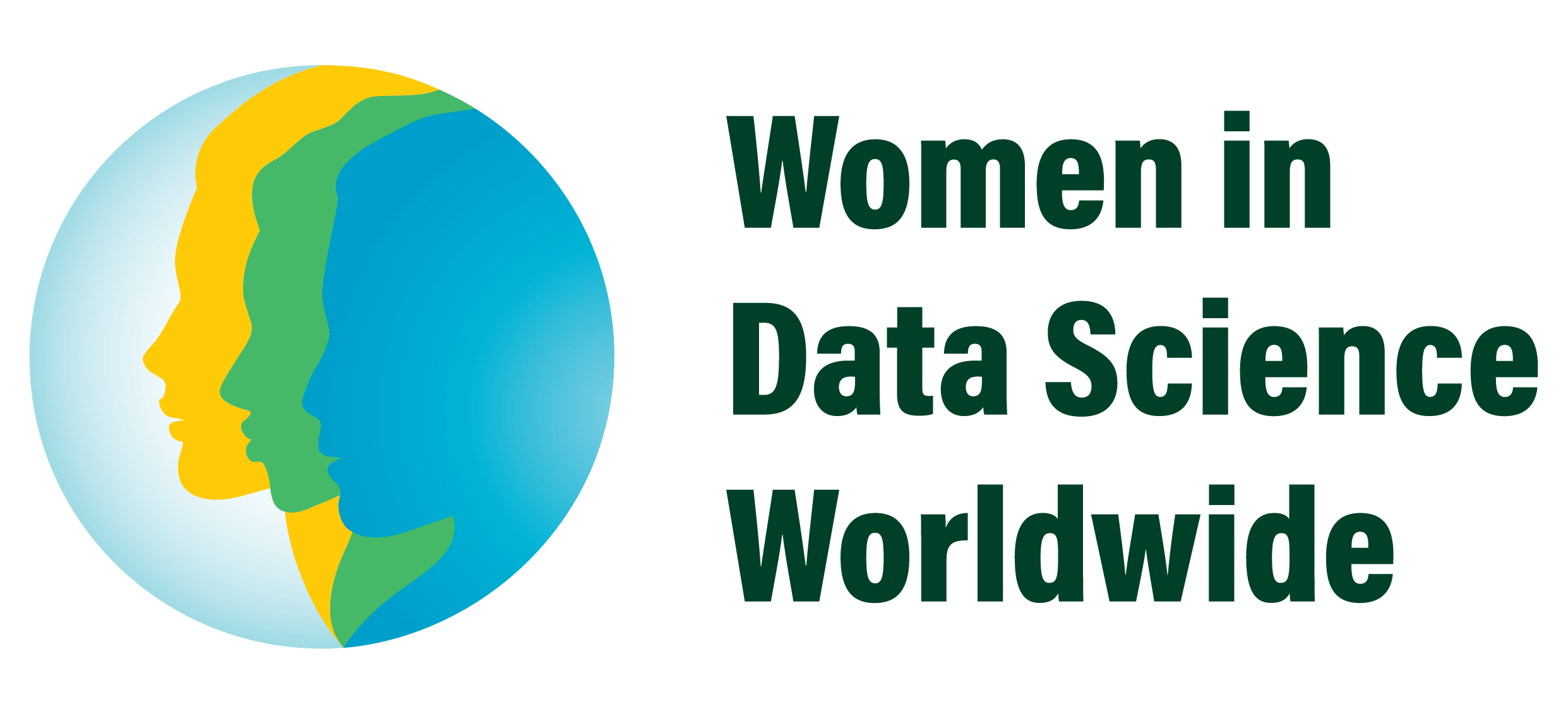Emily Glassberg Sands, Coursera | Stanford Women in Data Science (WiDS) Conference 2020
About This Video
Emily Glassberg Sands, Head of Data Science, Coursera sits down with Sonia Tagare for WiDS 2020 at Stanford, CA.
#WiDS2020 #WomenInTech #theCUBE
https://siliconangle.com/2020/03/13/q…
Q&A: Coursera uses student skill tracking data to help companies create a more diverse workforce
Distance learning has been around since the late 18th century, when students received assignments via mail, completed them, and sent them back for grading. Today, massive open online courses, known as MOOC’s, can have hundreds of thousands of students. Some of the most popular free lectures on YouTube, such as Stanford University’s lecture on Einstein’s theory of relativity, have millions of views.
MOOC’s started to gain popularity back in 2012, when Stanford professor’s Daphne Koller and Andrew Ng decided to make their lectures available online. Those courses became the foundation for Coursera Inc., which today has around 50 million students and is the world’s largest platform for higher education.
Emily Glassberg Sands (pictured), senior director of data science at Coursera, joined Sonia Tagare, host of theCUBE, SiliconANGLE Media’s mobile livestreaming studio, during the Women in Data Science conference in Stanford, California. They discussed the changes happening in MOOC structure, and how tracking student skill data can help companies hire a more diverse workforce.
[Editor’s note: The following content has been condensed for clarity.]
How has Coursera changed from when it started in 2012?
Glassberg Sands: It’s evolved a lot. We’ve moved from partnering exclusively with universities to recognizing that a lot of the most important education for folks in the labor market is being taught within companies. So, we’ve expanded to including education that’s provided not just by top institutions like Stanford, but also by top institutions that are companies like Amazon and Google.
The second big change is we’ve recognized that while for many learners and individual course or an MOOC is sufficient, some learners need access to a full degree — a diploma bearing credential. We now have 14 degrees live on the platform, including master’s degrees in computer science and data science.
The third major change is that we launched Coursera enterprise, which is about providing learning content through employers and through governments so we can reach a wider swath of individuals who might not be able to afford it themselves.
Could you explain how Coursera use data science to track individual user preferences and user behavior?
Glassberg Sands: We personalize throughout the learner journey. So, in discovery up-front when you first join the platform, we ask: What’s your career goal? What role are you in today? And then we help you find the right content to close the gap.
As you’re moving through courses, we predict whether or not you need some additional support. So, we identify for each individual what type of human touch might they need and we serve up to support staff recommendations for who they should reach out to, whether it’s a counselor reaching out to a degree student who hasn’t logged in for a while or a teaching assistant reaching out to a degree student who’s struggling with an assignment. Data really powers all of that, understanding someone’s goals, their backgrounds, the content that’s going to close the gap, as well as understanding where they need additional support and what type of help we can provide.
Tell us about Coursera’s latest data products.
Glassberg Sands: We’ve launched three data products over the last couple of years. The first is predicting when learners are going to need additional nudges and intervening in fully automated ways to get them back on track.
The second is about identifying learners who need human support and serving up really easily interpretable insights to support staff so they can reach out to the right learner with the right help.
Then the third is a little bit different. It’s about once learners are out in the labor market, how can they credibly signal what they know so that they can be rewarded for that learning on the job. And this is a product called skill scoring, where we’re actually measuring what skills each learner has up to what level so I can, for example, compare that to the skills required in my target career or show it to my employer so I can be rewarded for what I know.
That would be really helpful when people are creating resumes, by ranking the level of skills that they have.
…
Watch the complete video interview below, and be sure to check out more of SiliconANGLE’s and theCUBE’s coverage of the Women in Data Science conference.
In This Video

Head of Information, Stripe
An economist by training, I love using data to understand how individuals and firms make decisions, and to build products that solve critical inefficiencies in the market.

